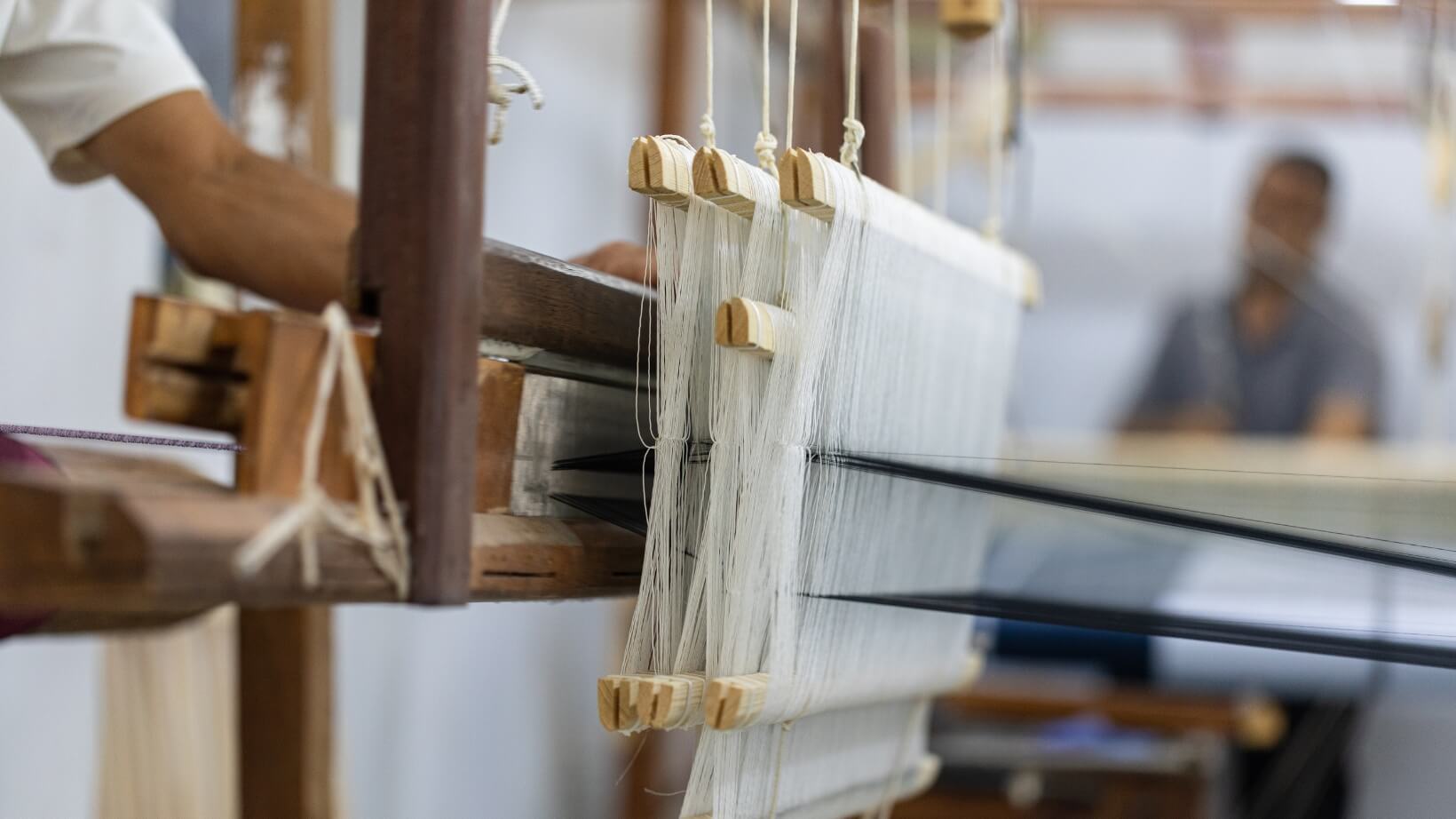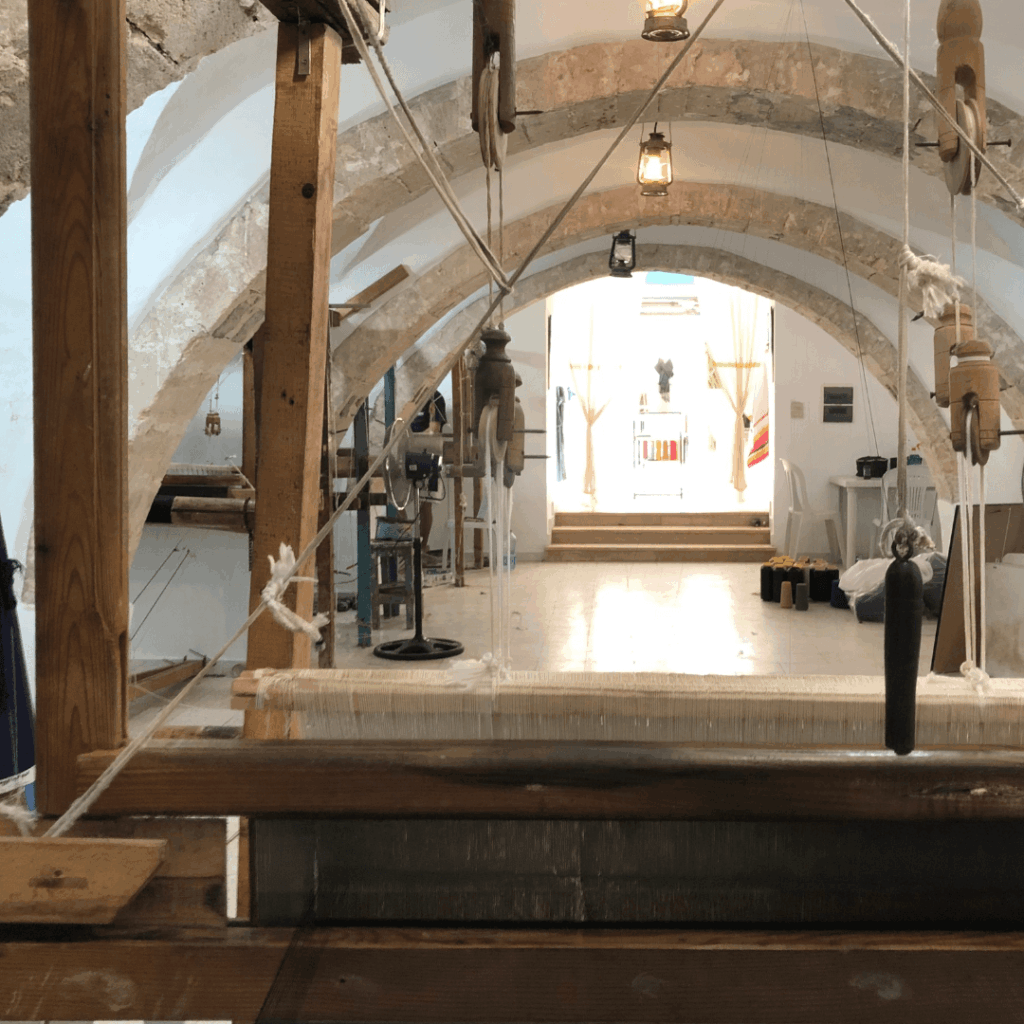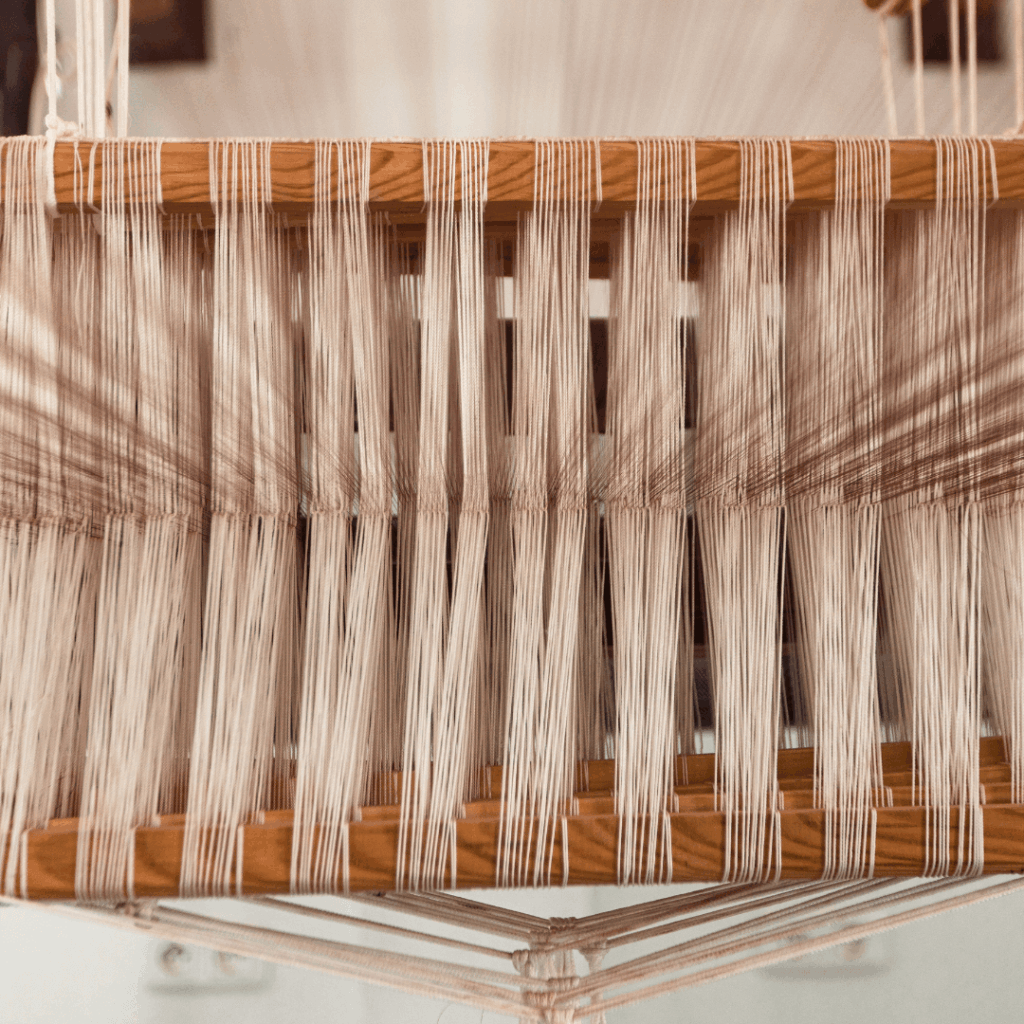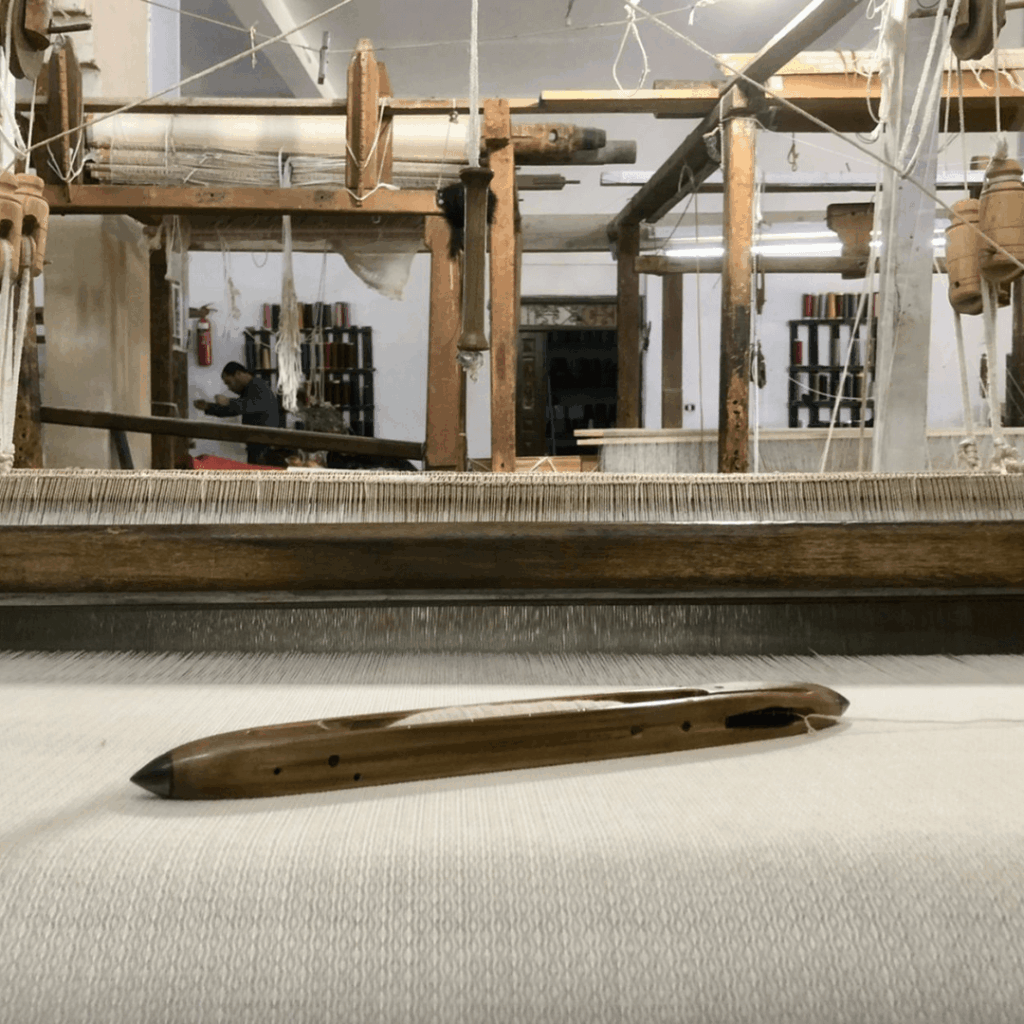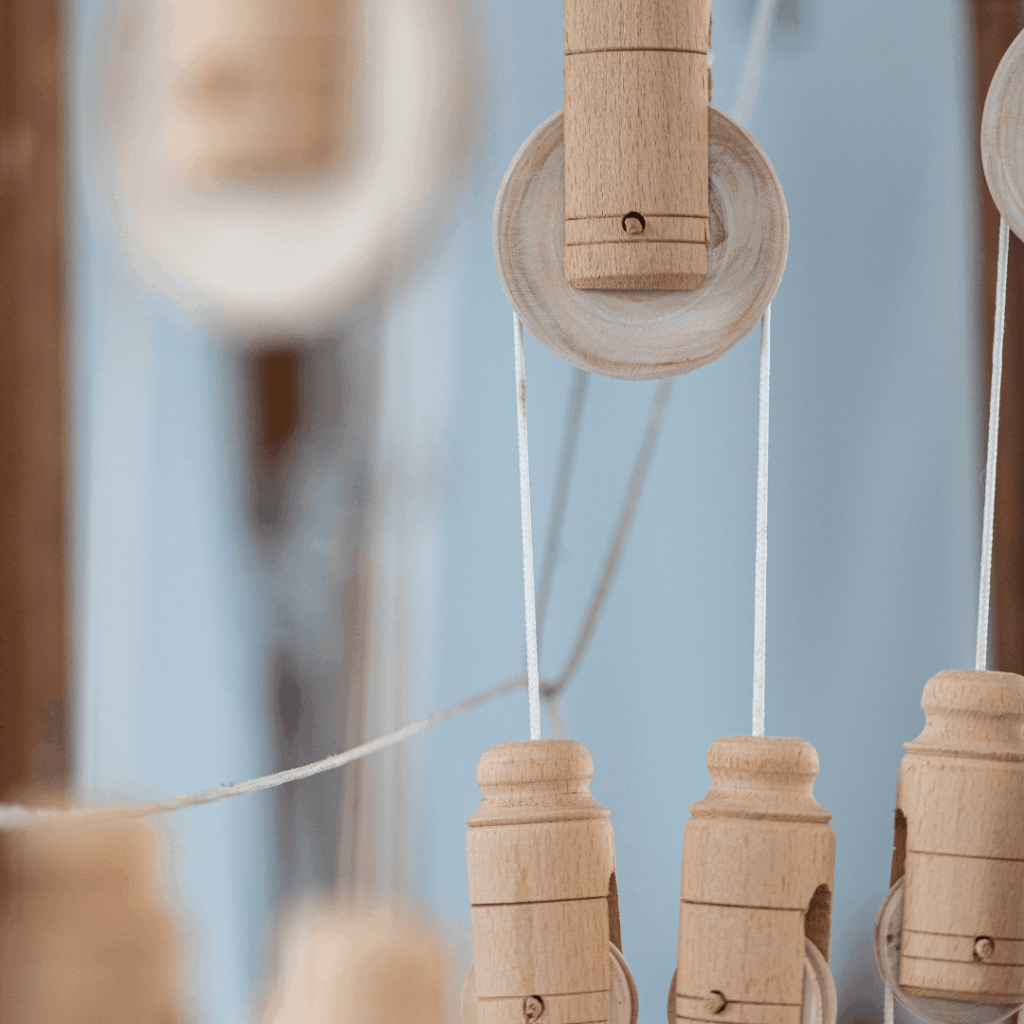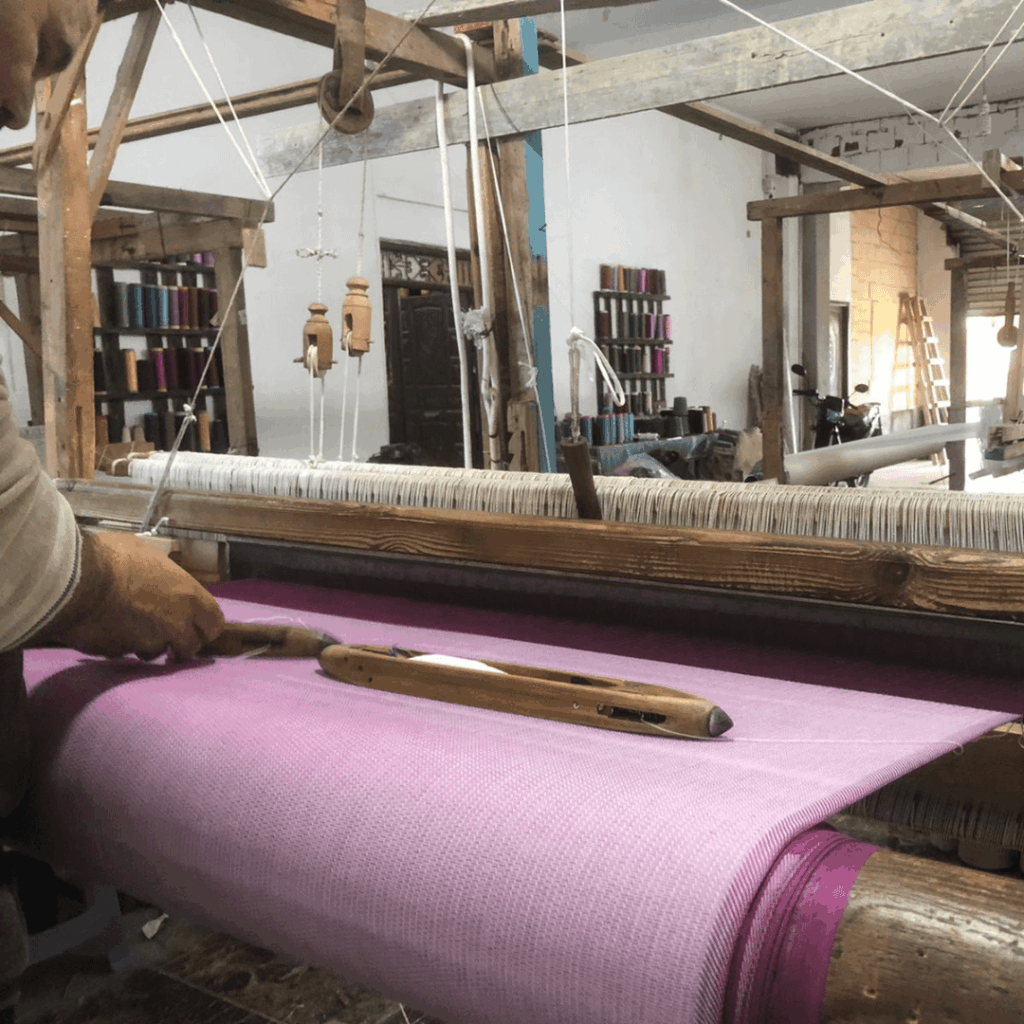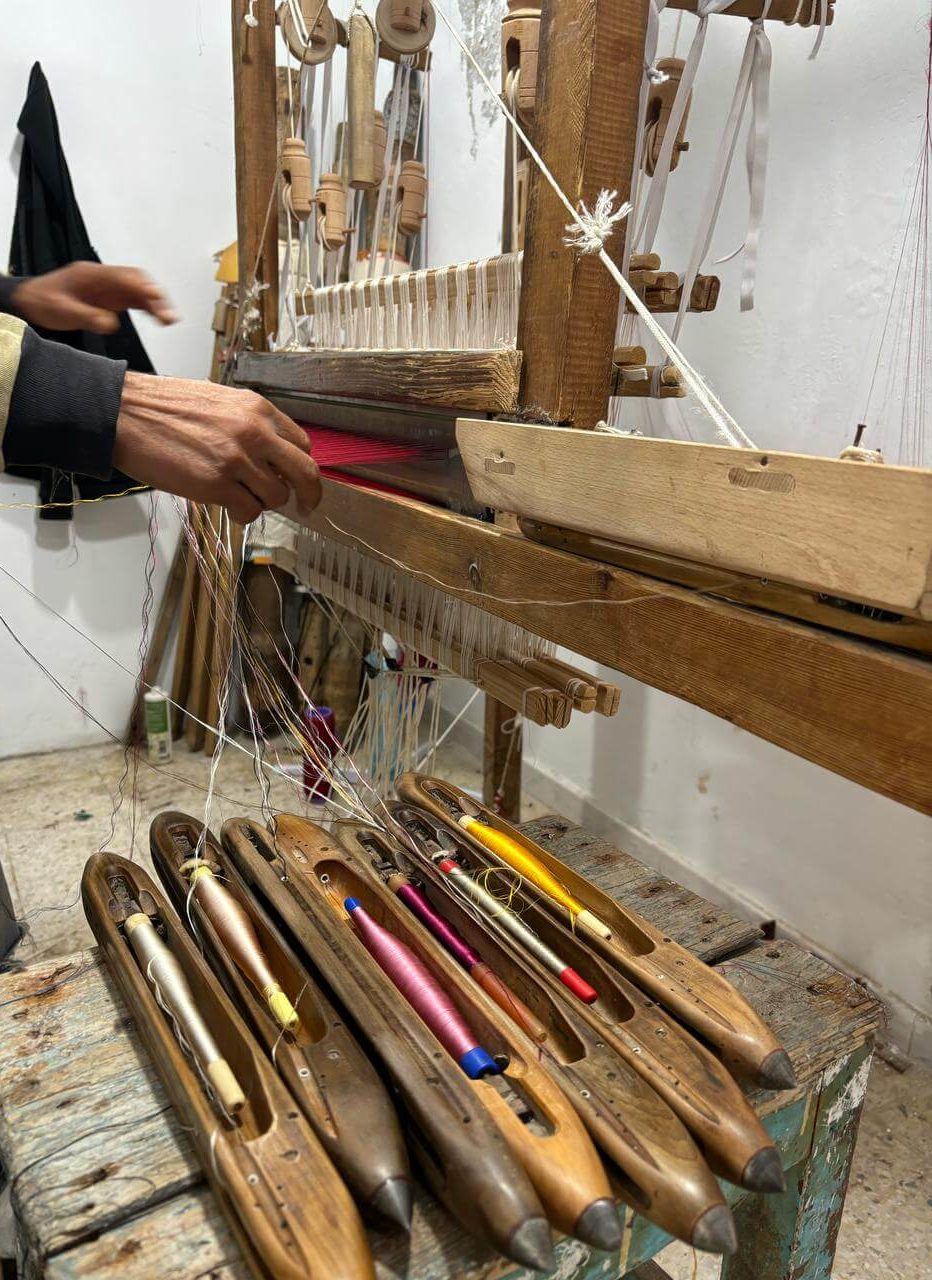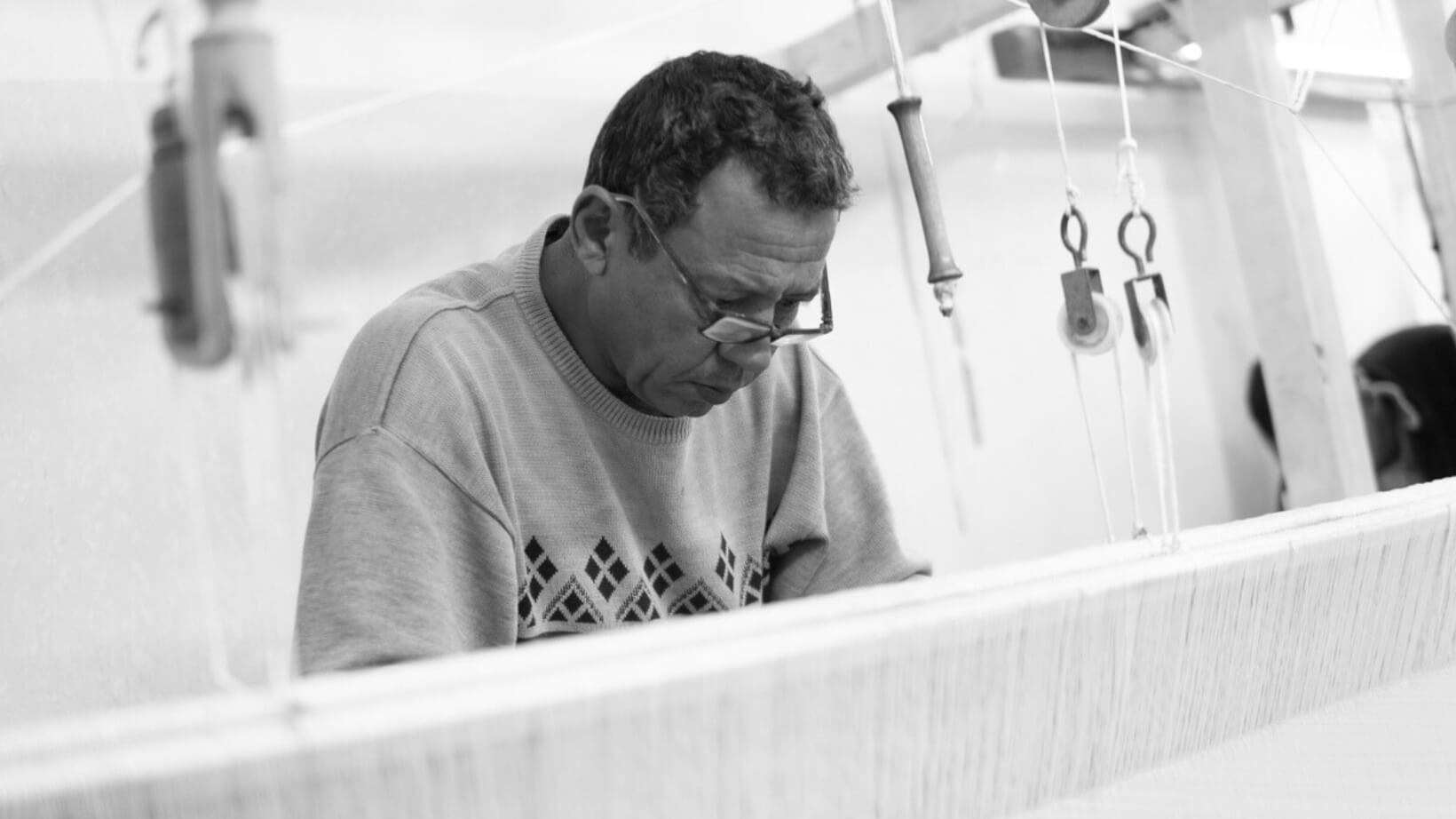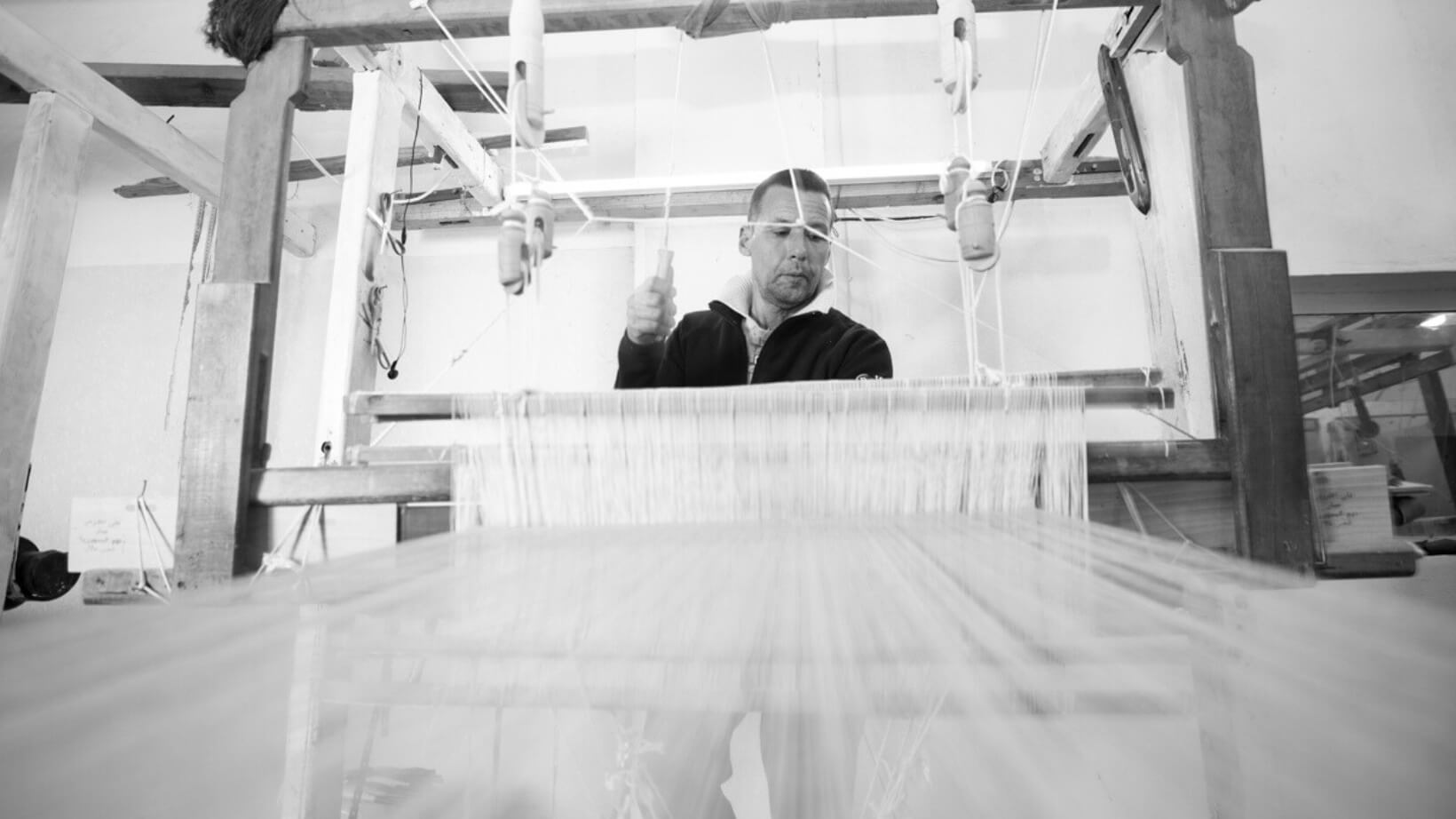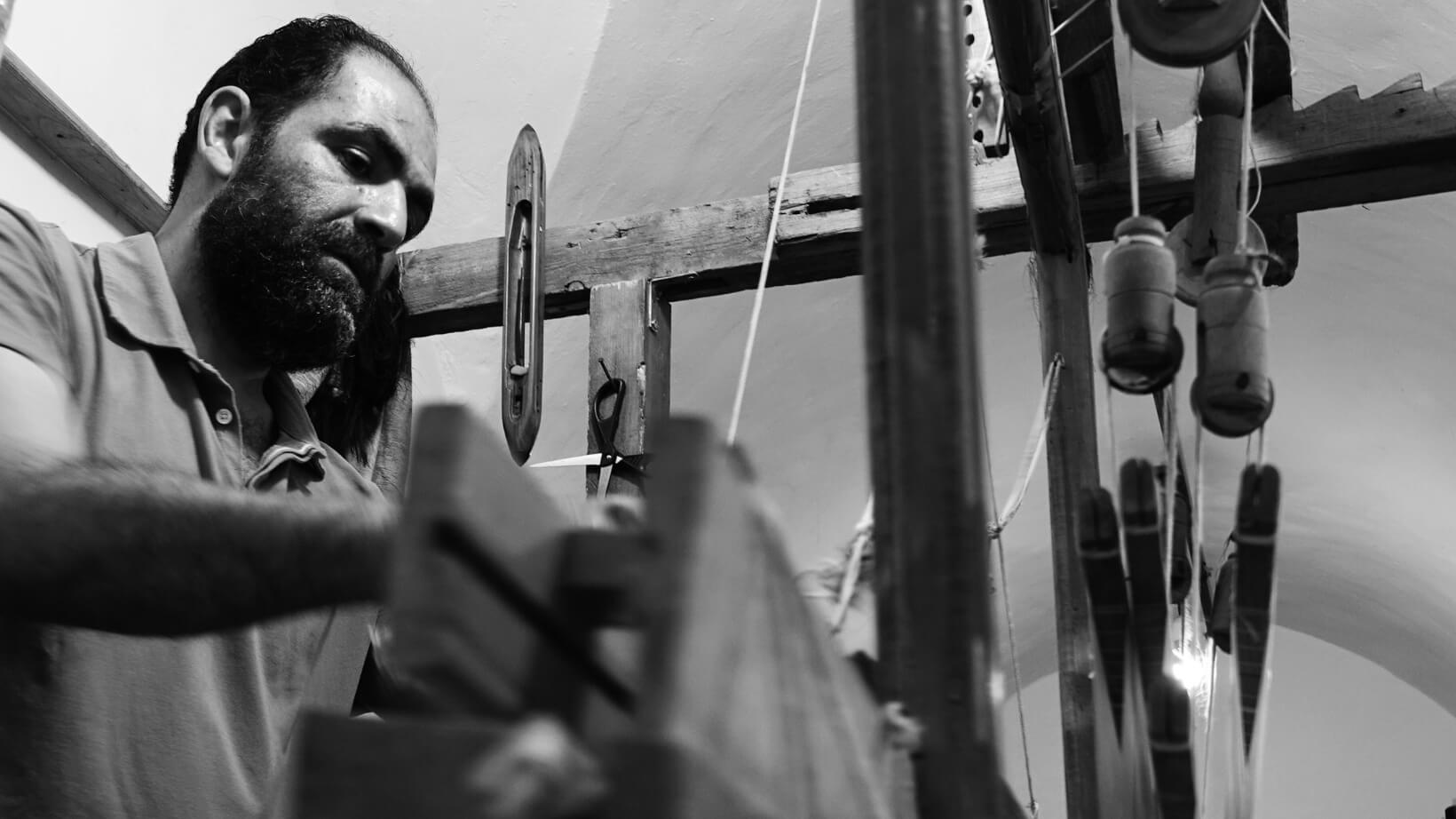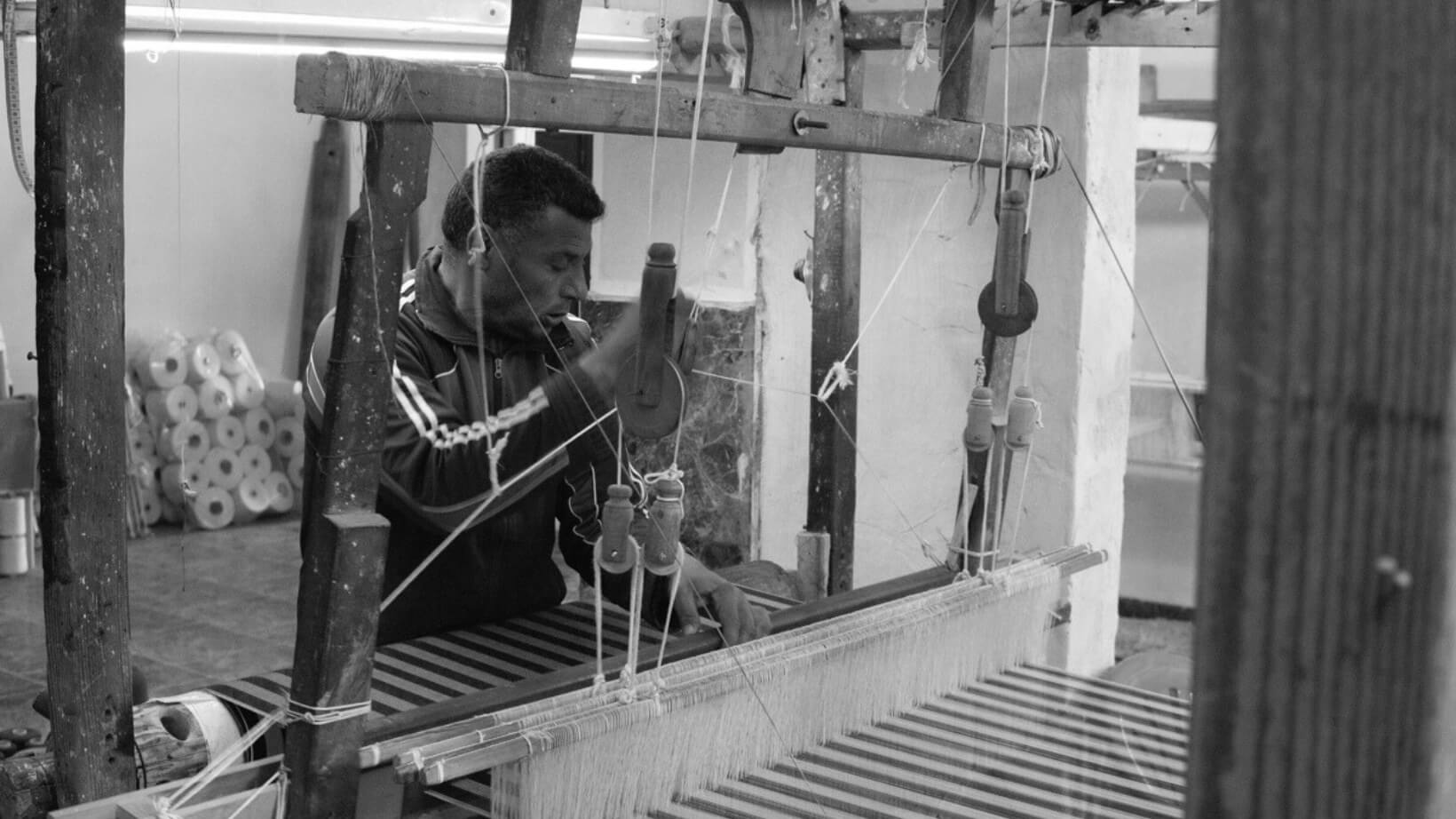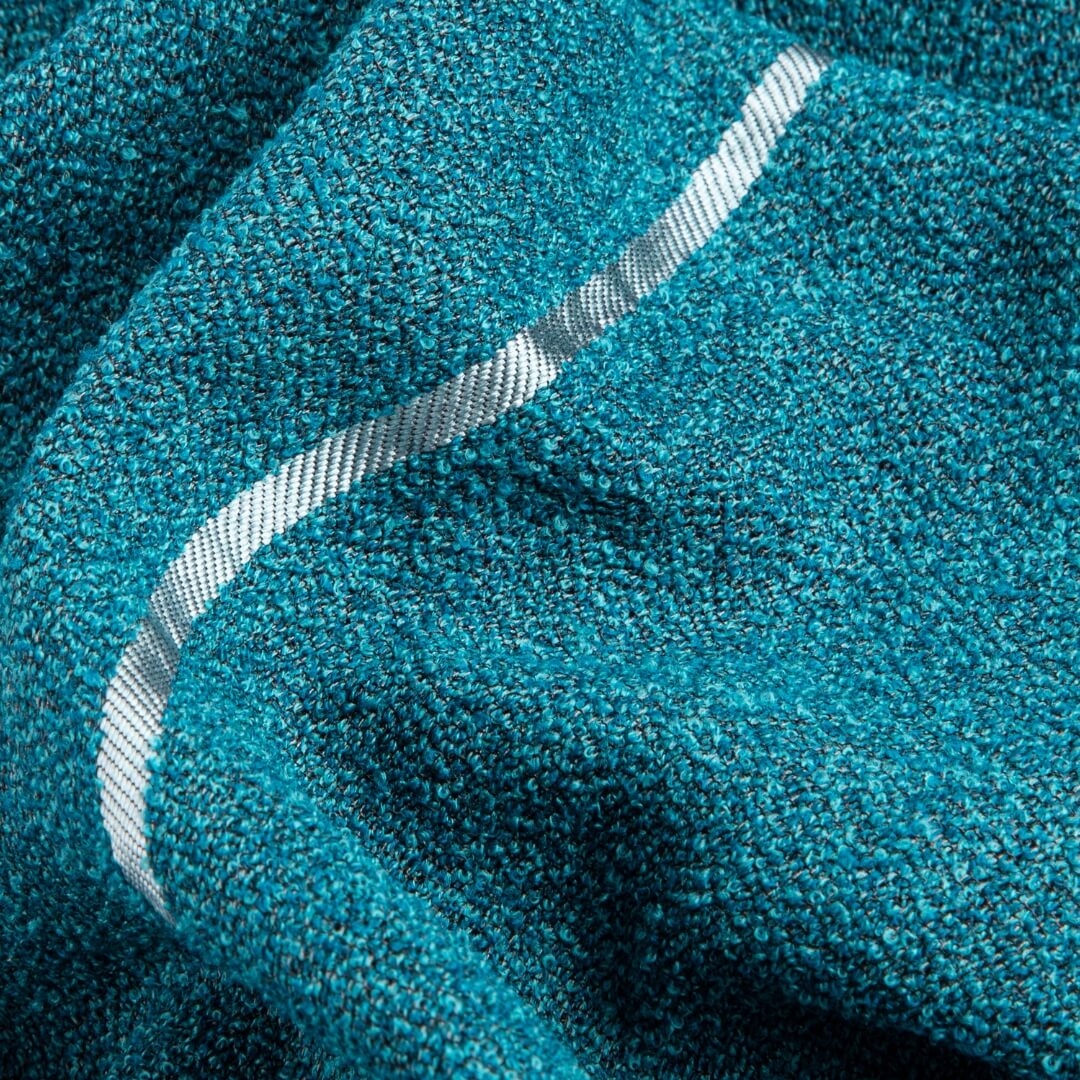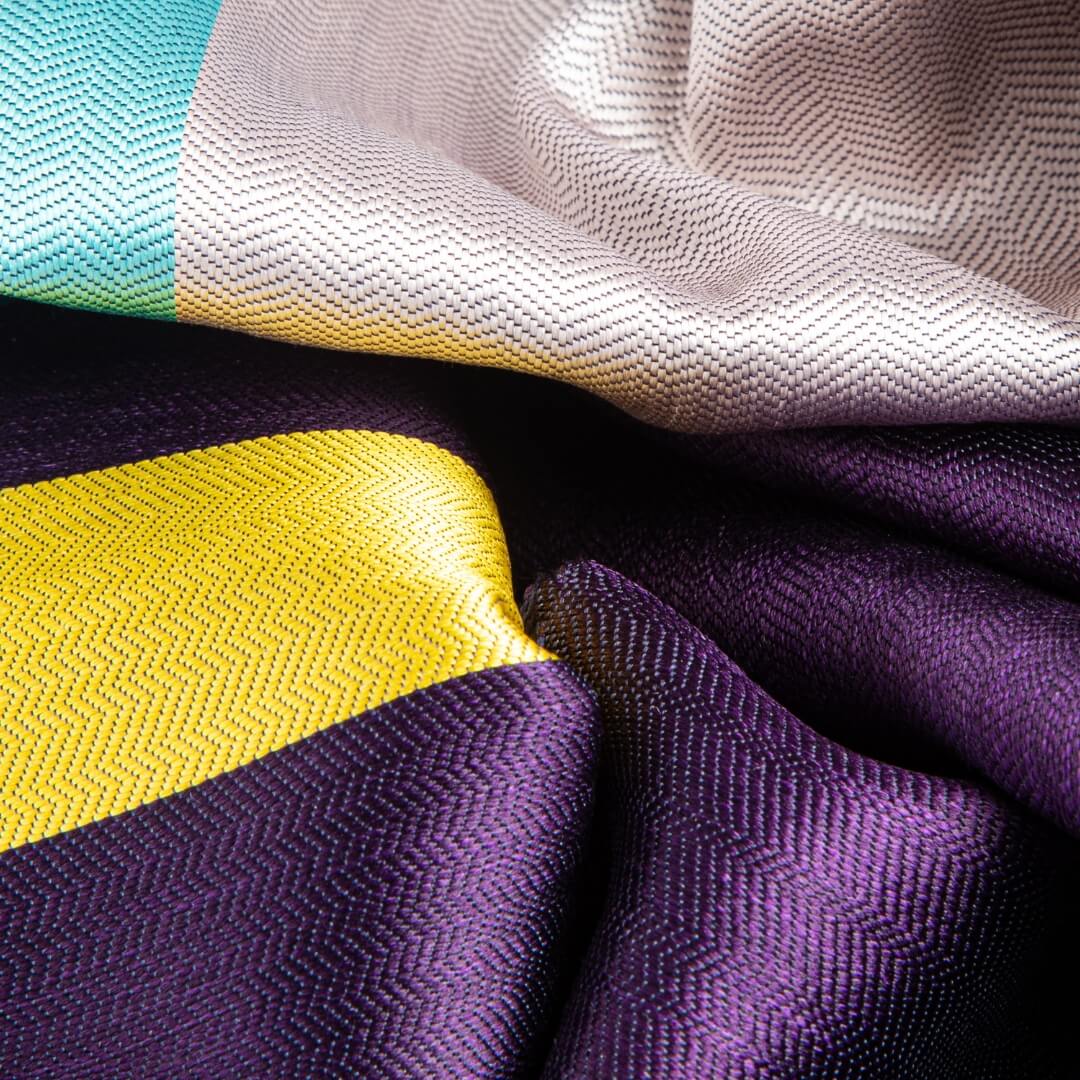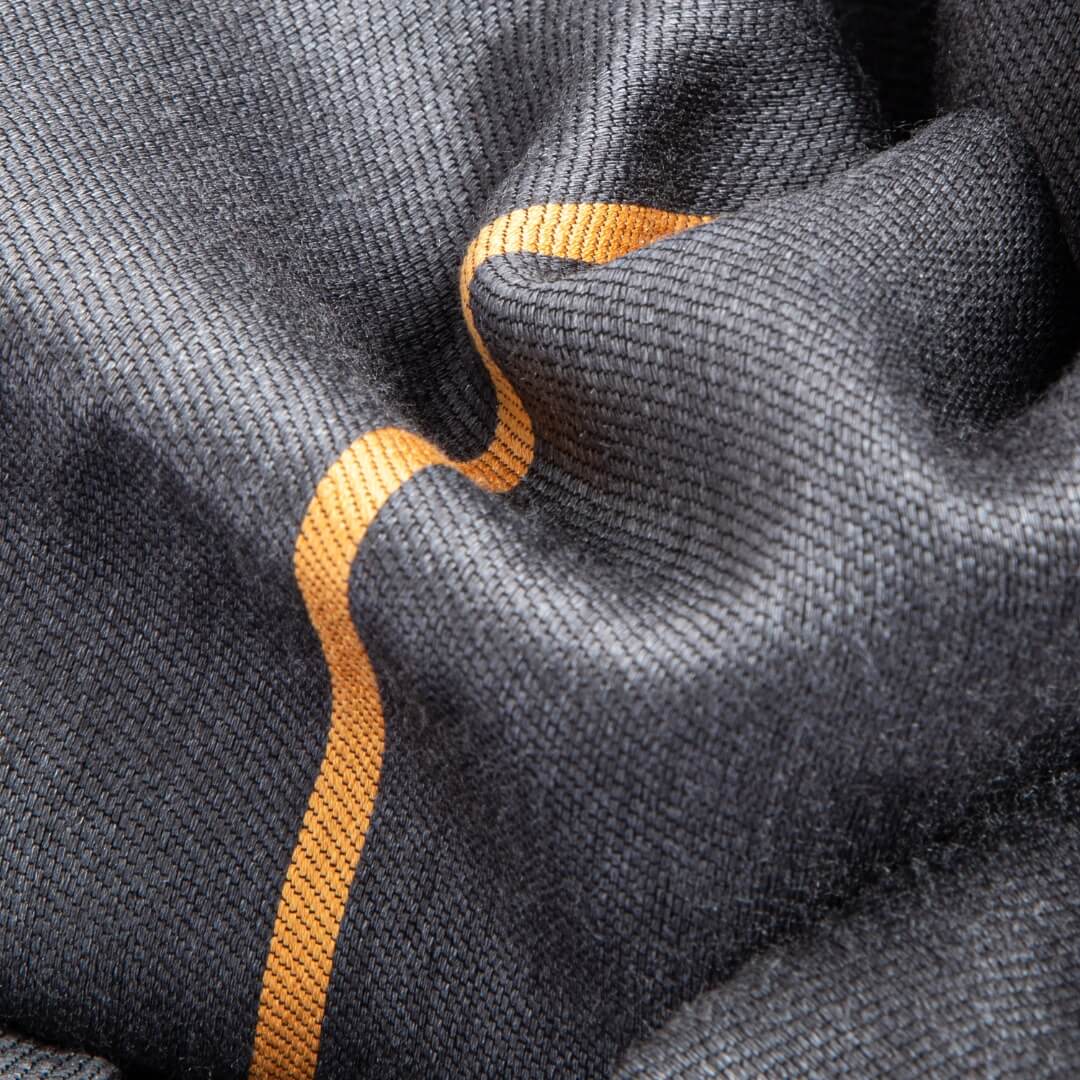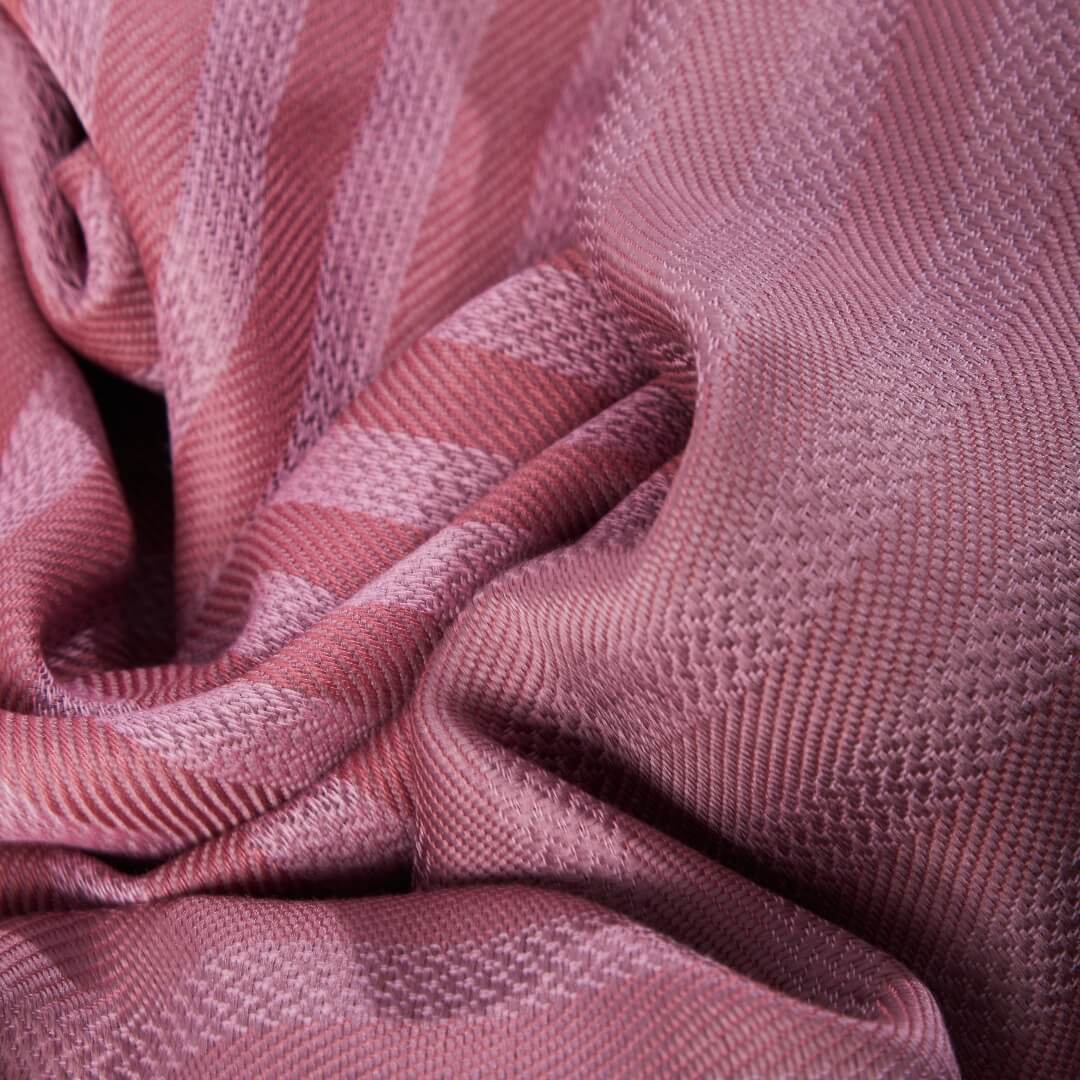The S K I L A Atelier – The Beating Heart of Our Craftsmanship
Nestled in Mahdia, the historic city of silk weaving in Tunisia, our SKILA workshop preserves an ancestral know-how passed down from generation to generation. It is here that every thread comes to life beneath the expert hands of our artisans, becoming a scarf, a shawl, or an exceptional textile.
A Fully Manual Process
Each S K I L A creation is hand-woven on traditional wooden looms, using techniques that date back more than a millennium. Weaving a S K I L A scarf is both delicate and complex — requiring 7 kilometers of silk thread, 24,000 manual (and pedal) strokes, and 6 to 8 hours of meticulous weaving. Nothing is left to chance: from the choice of fibers to the preparation of the fringes, every step reflects our commitment to quality and respect for the manual gesture.
S K I L A Lab & Gallery – Mahdia
Visit us and discover a unique, ancestral universe.
An Eco-Responsible and Human Workshop
Our workshop is part of an ecological and sustainable approach:
• Very low electricity consumption (photovoltaic green energy)
• Zero waste throughout the process
• No water consumption
• Purely natural fibers (no synthetic or polyester fibers)
Beyond the material, SKILA values the human being, who remains at the heart of our mission.
Our master artisans are true artists, custodians of a millennial know-how passed through generations. They possess a unique artistic sensitivity and an exceptional ability to harmonize artisanal gestures with delicacy and precision. S K I L A’s ultimate goal is to anchor artisans in their native land. They benefit from fair working conditions, motivating remuneration, and an environment conducive to the transmission of know-how.
The Nobility of Natural Fibers
SKILA scarves stand out through the subtlety of their designs and the nobility of their natural fibers such as silk, cashmere, wool, linen, or cotton. These premium natural fibers come from Italy (the Como region), renowned for the quality of its threads, its textures, and its vast palette of colors and dyes. Recovered from Como within a circular and sustainable economy, these fibers are hand-woven in Mahdia to give them a second life and a distinctly Mediterranean ecological signature.
